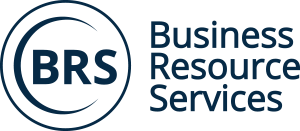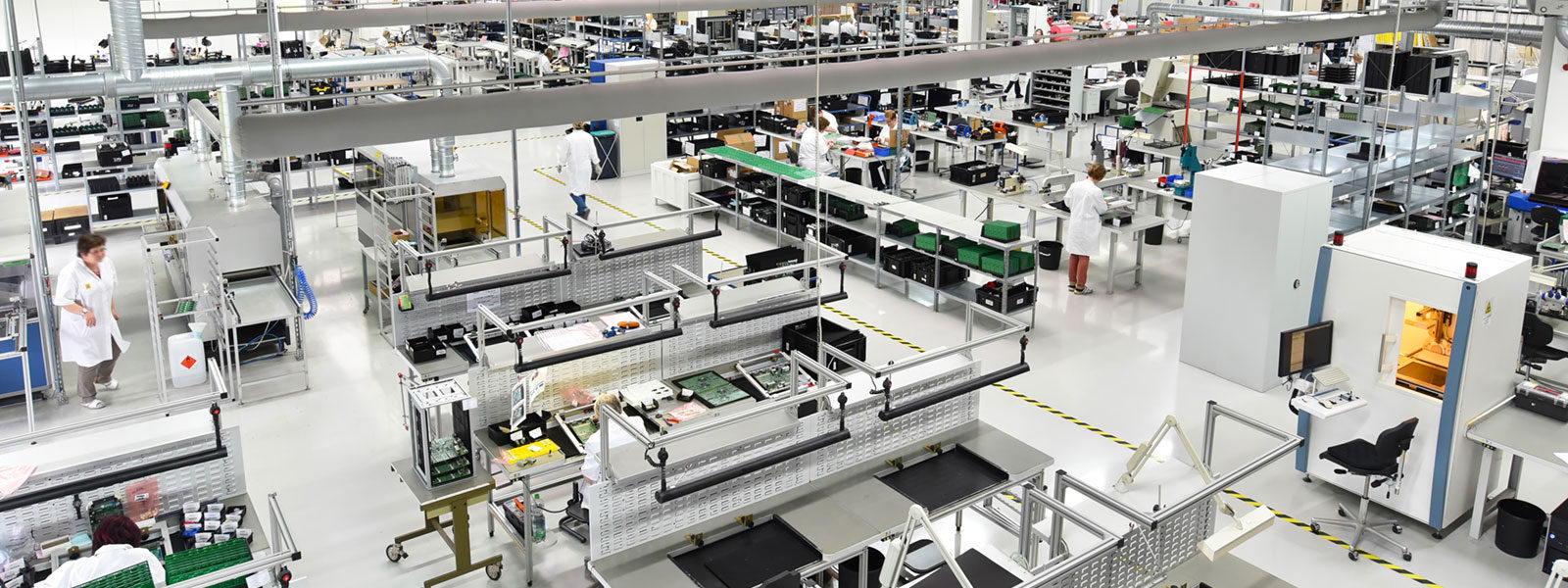To qualify for R&D tax credits, a business can be working to develop new products, to improve or strengthen existing products, and/or to install, develop or upgrade manufacturing processes.
The IRS applies Four Tests to determine whether a research activity qualifies for an R&D tax credit. Along with meeting these tests, a company must also assume the financial risk associated with its R&D activities.
The Four Tests
1. R&D Must Be Technological
Research and development must fundamentally rely on the principles of the physical or biological sciences, engineering, or computer science.
2. For a Business Purpose
R&D work needs to have been carried out for a business purpose — to develop a new product or other component, or improve an existing one, in quality, reliability, performance, and/or functionality.
3. To Eliminate Uncertainty
The R&D work must have been directed toward eliminating uncertainty, by generating new information on developing or improving a product.
4. With a Process of Experimentation
The work must involve a process of experimentation — simulation, modeling, testing, and/or deliberate trial and error.
Examples of qualifying research:
Hands-on technical activities
Employees conducting research activities that qualify for R&D tax credits are generally doing hands-on work that aims to identify and resolve technical problems. Some examples include:
- A design engineer developing new products.
- A manufacturing engineer devising new process systems.
- An electrical engineer developing new computer circuitry.
- A process engineer improving the performance of fabrication systems.
- A chemist formulating new chemical compounds.
- An environmental engineer deriving methodologies for resolving ground contamination.
- A civil engineer developing components for infrastructure systems.
- An agricultural engineer evaluating soil samples.
- A scientist performing laboratory experiments.
- A computer programmer developing software code.
- A mechanical engineer improving power systems.
- An architectural engineer developing building fabrication systems.
- A bio-engineer developing new bacteria for waste water systems.
- A materials science engineer evaluating plastic polymers.
- A process engineer improving cleaning systems.
- A computer engineer designing cashless payment systems.
Direct supervision
Qualifying research commonly involves immediate supervision or first-line management, as in the case of an engineering manager who directly supervises a team of engineers and technicians, but who does not perform hand-on development work. Examples include:
- Attending technical meetings in which specifications, concepts or results are discussed,
- Meeting directly with engineers involved in resolving technical issues,
- Defining technical challenges needing to be addressed,
- Project planning,
- Reviewing proposed design configurations or process methodologies,
- Managing the development process,
- Providing feedback to senior management regarding the ongoing research activities.
Supporting activities
Qualifying research often involves support that employees provide. For example:
- A technician calibrating research equipment,
- A machine operator fabricating a prototype component,
- A system operator assisting engineers with process trials,
- A shop foreman providing technical feedback to the research team,
- A salesperson providing conceptual or technical information to the development team,
- A clerk typing technical reports,
- A maintenance worker cleaning up following an experimental process test,
- A quality assurance worker performing analysis and compiling information relating to prototype products,
- A purchasing agent investigating sources and procuring materials for use in a prototype product or new process system.


